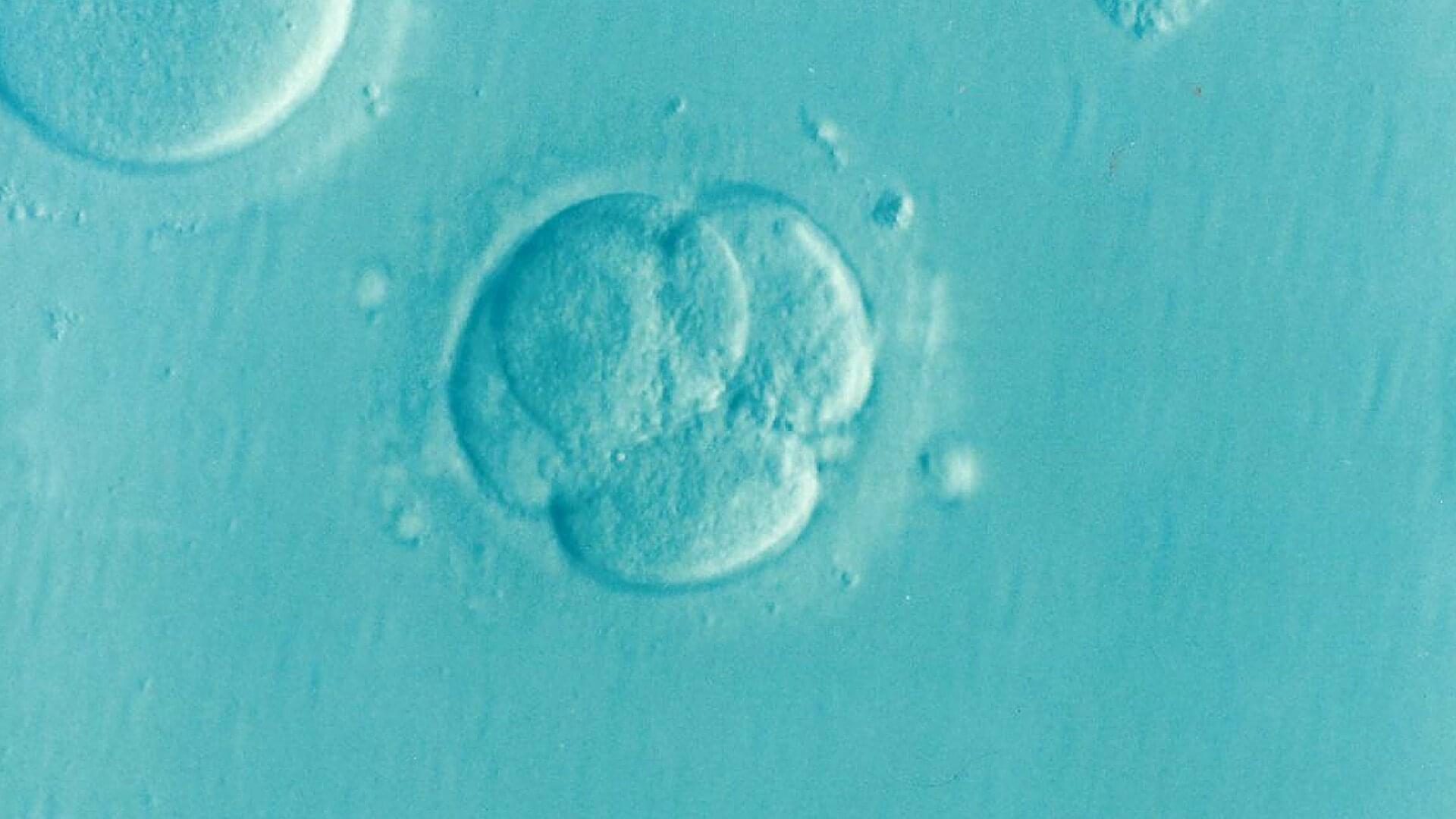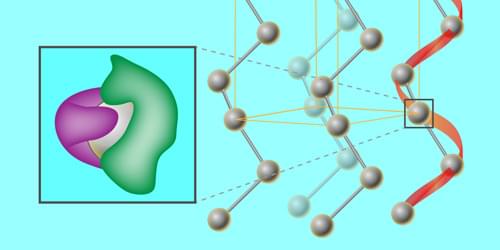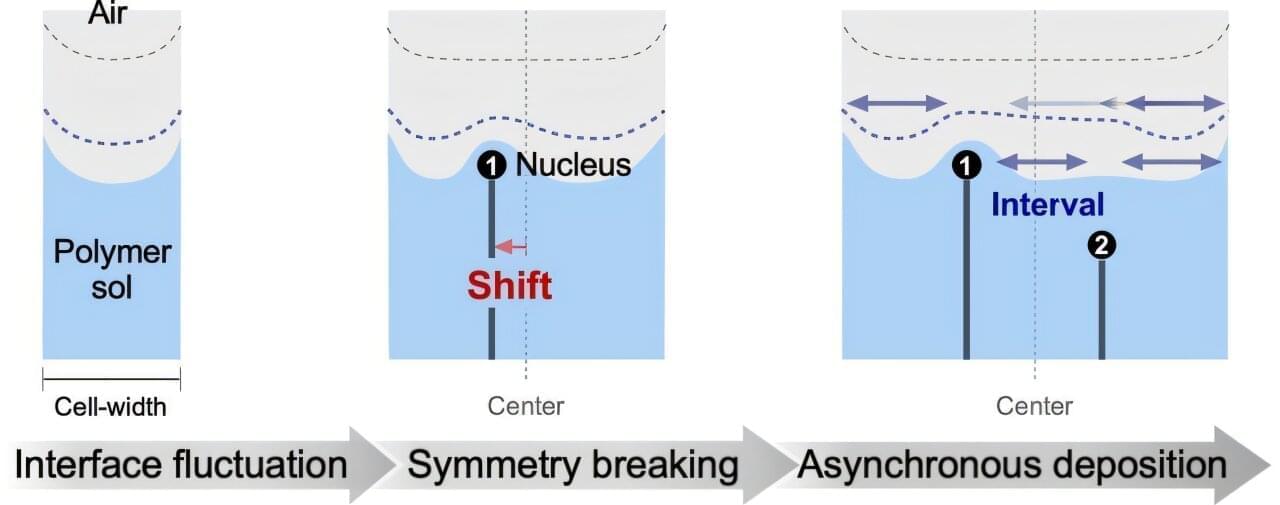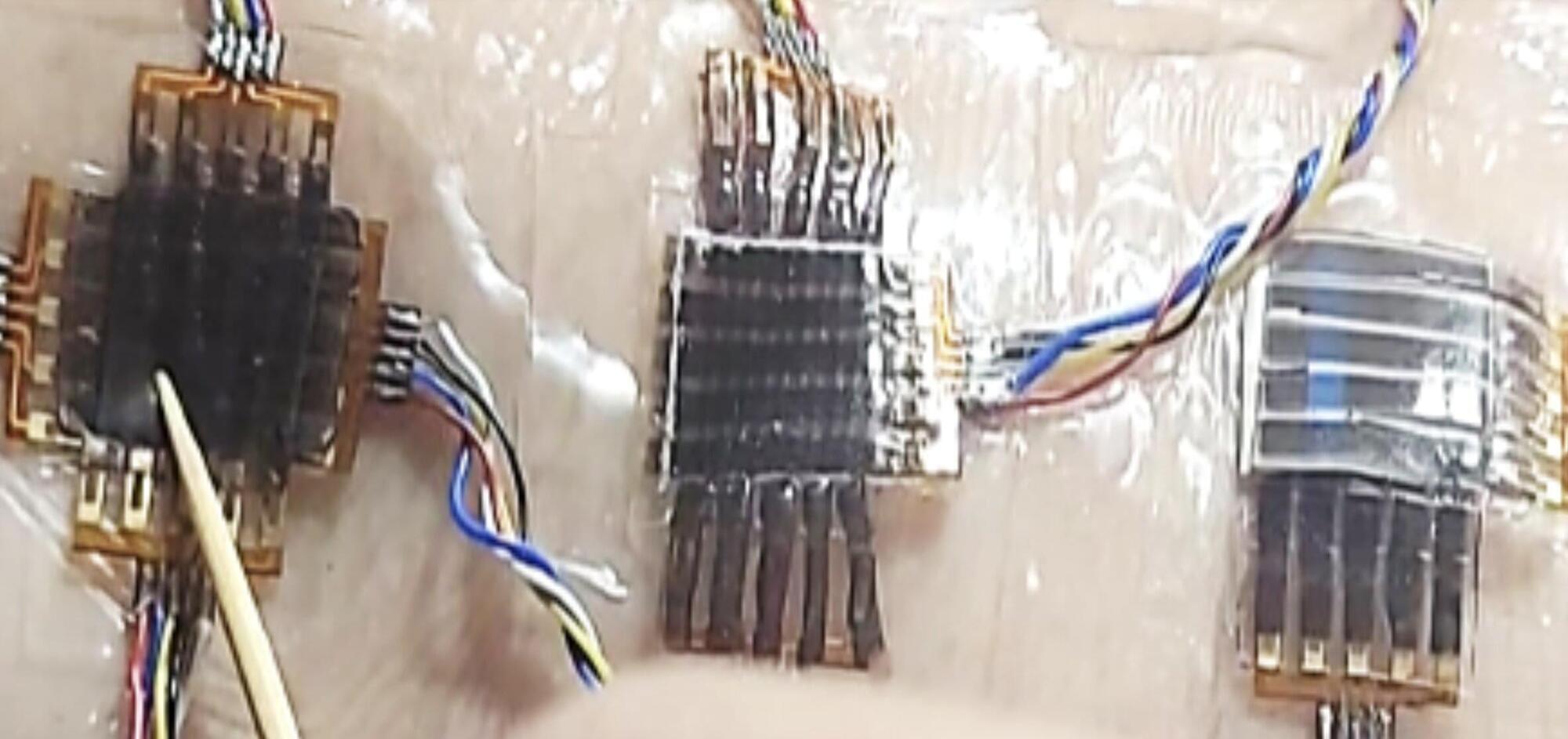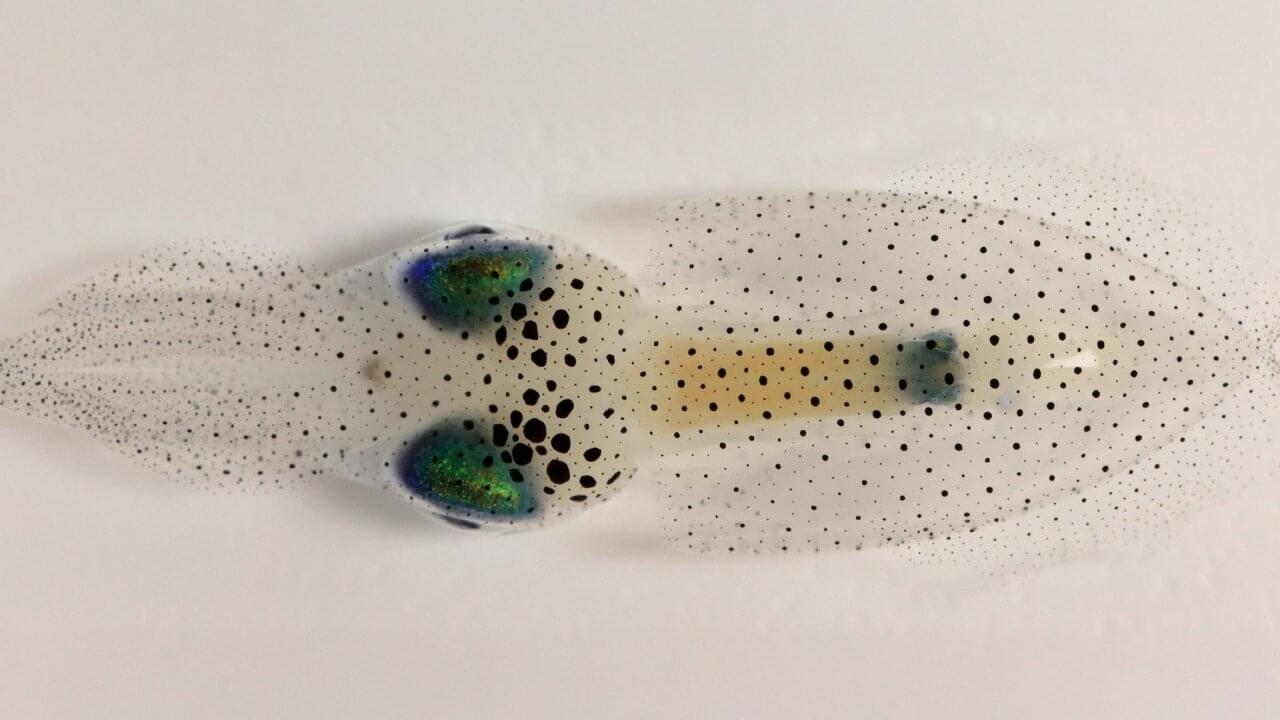As research continues, the term “bird brain” no longer carries a negative connotation. Avian researcher John Marzluff showcases a few amazing, problem solving (and sometimes vindictive) feats accomplished by crows in order to break down common misconceptions about avian intelligence.
John Marzluff, Ph.D., is the James W. Ridgeway Professor of Wildlife Science at the University of Washington. His research has been the focus of articles in the New York Times, National Geographic, Audubon, Boys Life, The Seattle Times, and National Wildlife. PBS’s NATURE featured his raven research in its production, “Ravens,” and his crow research in the film documentary, “A Murder of Crows”. His graduate and initial post-doctoral research focused on the social behavior and ecology of jays and ravens. He was especially interested in communication, social organization, and foraging behavior. His current research brings this behavioral approach to pressing conservation issues including raptor management, management of pest species, and assessment of nest predation.
His book, In the Company of Crows and Ravens (with Tony Angell, 2005 Yale U. Press) blends biology, conservation, and anthropology to suggest that human and crow cultures have co-evolved. This book won the 2006 Washington State Book Award for general nonfiction. With his wife, Colleen, he has published Dog Days, Raven Nights (2011 Yale University Press), which combines reflection with biology and the recreational pursuit of dog sledding to show how a life in science blooms. Gifts of the Crow (2012 Free Press) applies a neurobiological perspective to understand the amazing feats of corvids. He is a member of the board of editors for Acta Ornithologica, Landscape Ecology and Ecological Applications. Currently leader of the U.S. Fish and Wildlife Service’s Recovery Team for the critically endangered Mariana Crow, he is also a Fellow of the American Ornithologist’s Union.
In the spirit of ideas worth spreading, TEDx is a program of local, self-organized events that bring people together to share a TED-like experience. At a TEDx event, TEDTalks video and live speakers combine to spark deep discussion and connection in a small group. These local, self-organized events are branded TEDx, where x = independently organized TED event. The TED Conference provides general guidance for the TEDx program, but individual TEDx events are self-organized.* (*Subject to certain rules and regulations)
